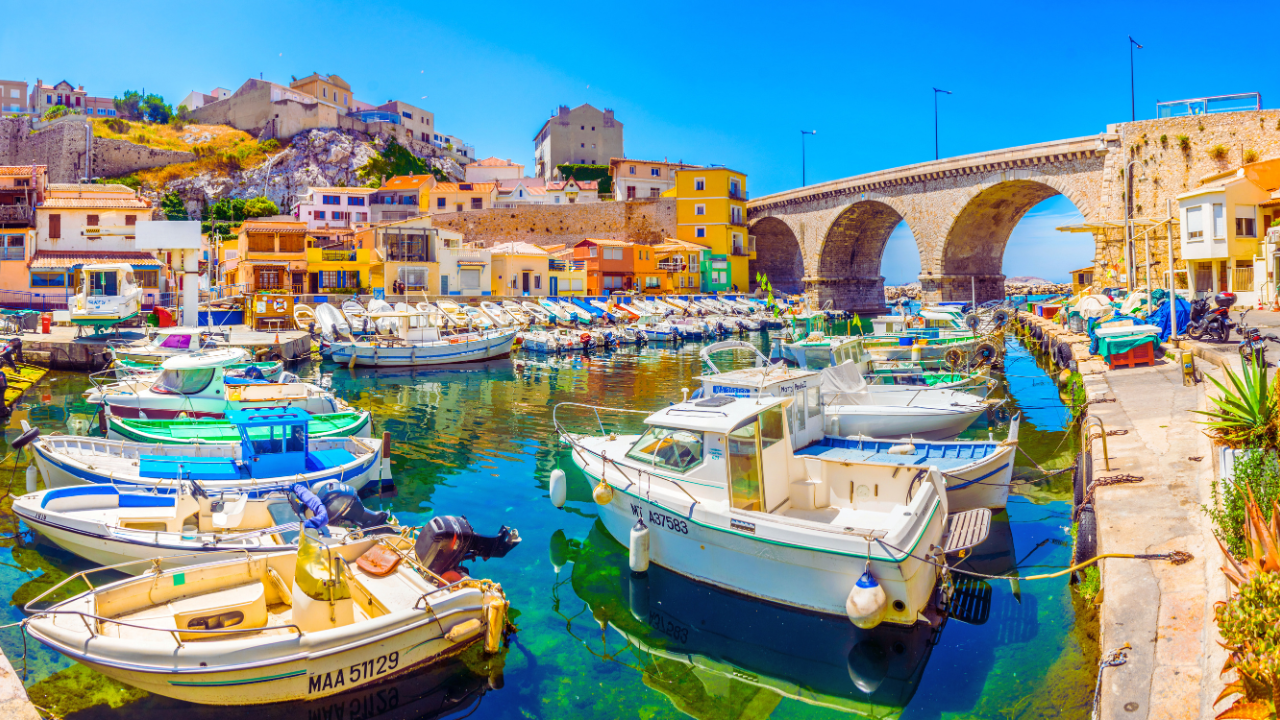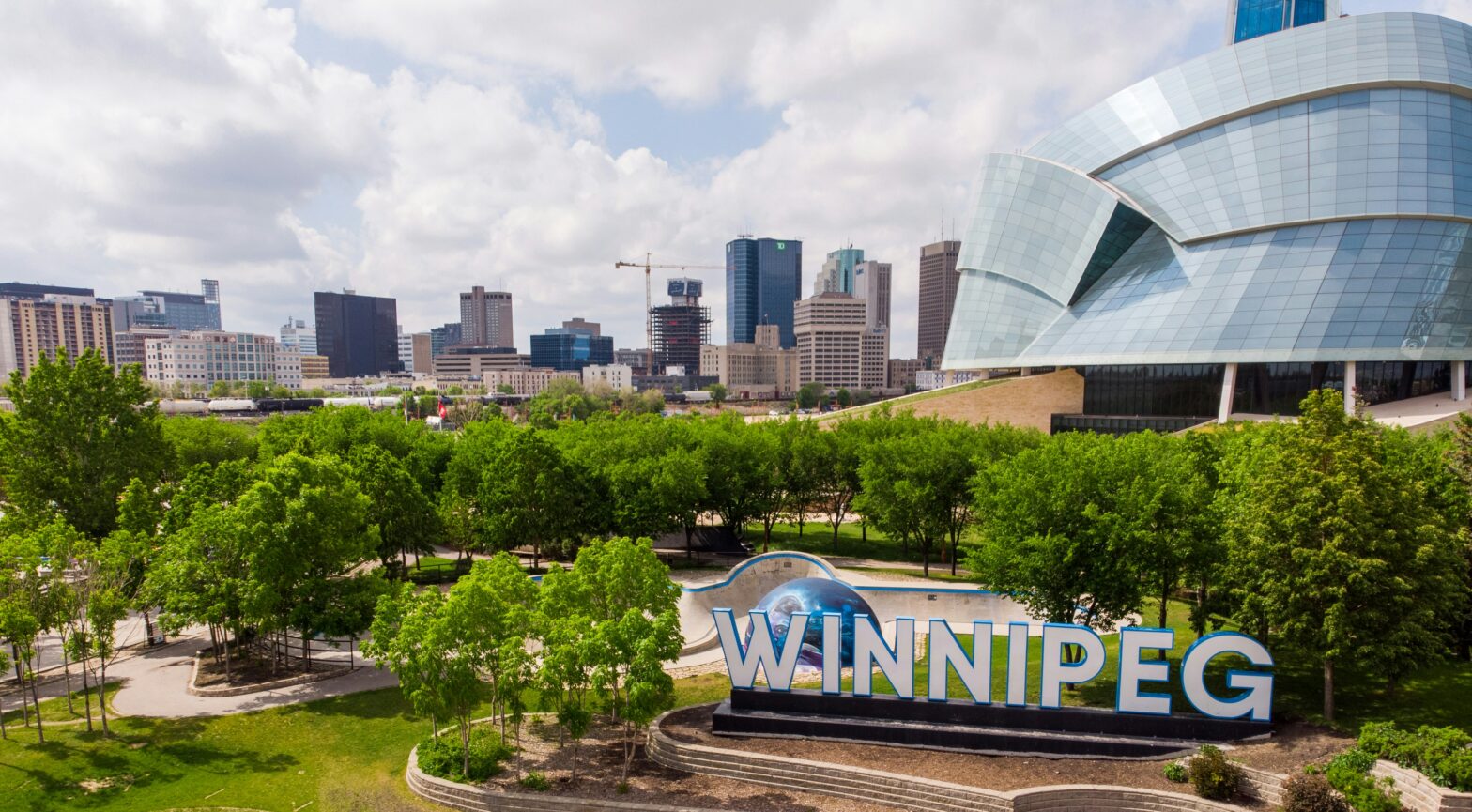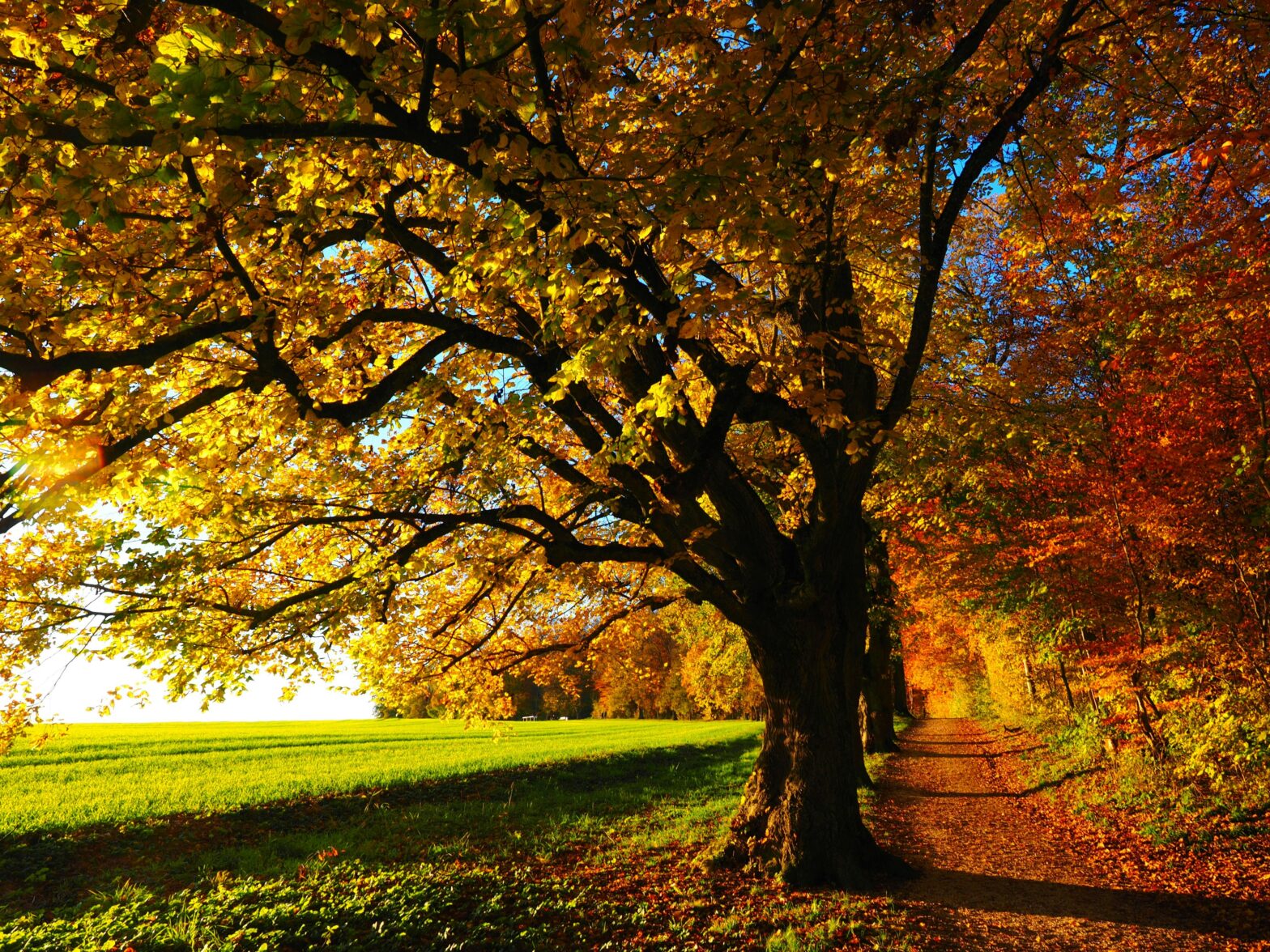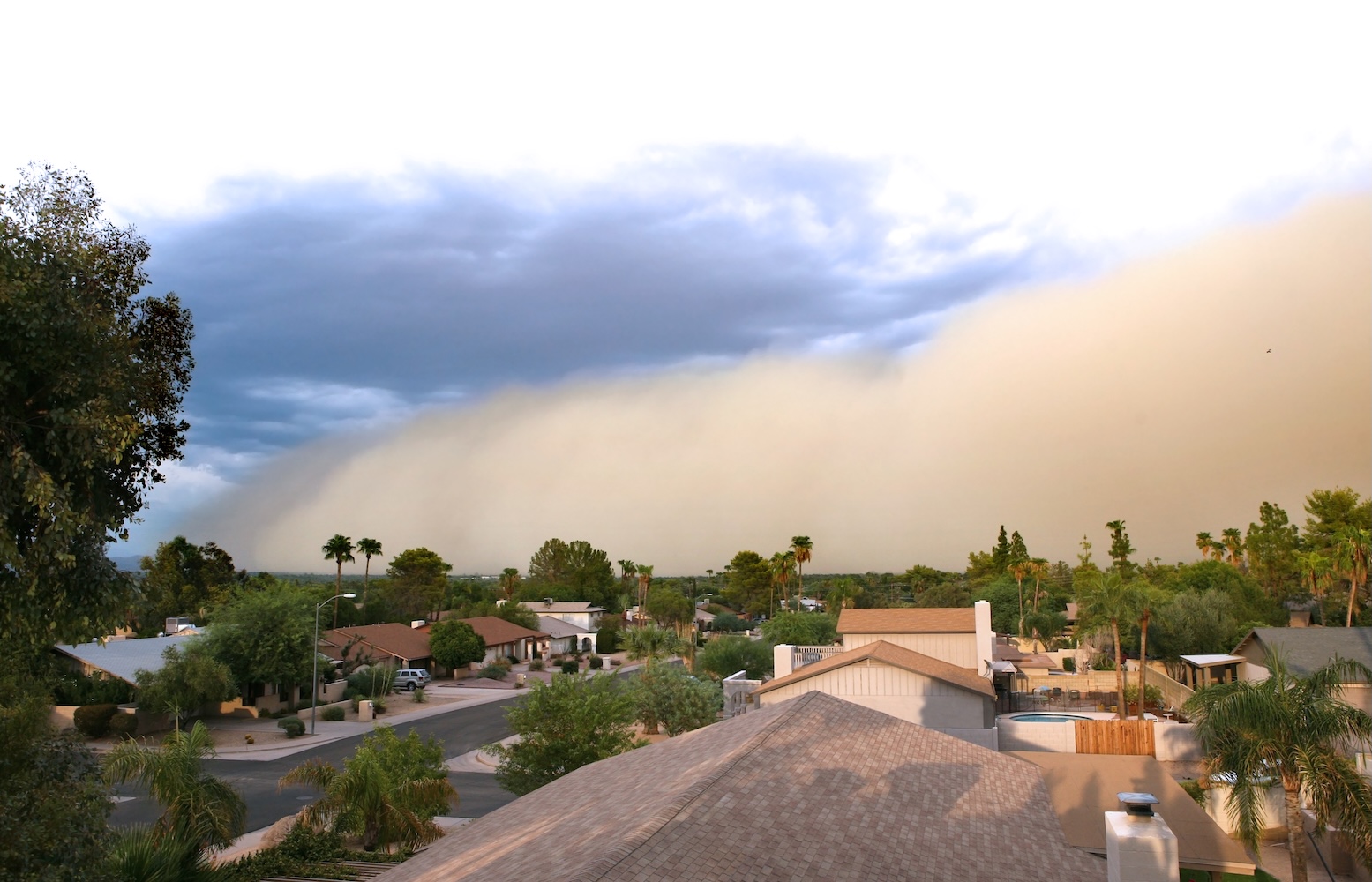“Every native would like to find a way out, every native would like a rest, every native would like a tour. But some natives—most natives in the world—cannot go anywhere. They are too poor. They are too poor to go anywhere. They are too poor to escape the reality of their lives; and they are too poor to live properly in the place they live, which is the very place you, the tourist, want to go—so when the natives see you, the tourist, they envy you, they envy your ability to leave your own banality and boredom, they envy your ability to turn their own banality and boredom into a source of pleasure for yourself.”
― Jamaica Kincaid, A Small Place
When the opportunity arose a few months ago to travel to Cap Haitien, Haiti with Rebuilding Haiti One Trip at a Time, LLC, I knew there was no option, but to learn first hand a few things about a place I needed to build solidarity with as a Dominican. Especially considering the Dominican Republic’s Tribunal Constitution’s passing of Resolution 168/13 on September 23, 2013–a resolution that threatens the citizenship of many Haitians and Dominicans of Haitian decent living in the Dominican Republic.
I spent 6 days in Haiti’s second-largest city, Cap Haitien and learned more than I could have anticipated. Co-founded by Capri and Willair St. Vil, Rebuilding Haiti One Trip at a Time aims to promote the history and culture of Haiti by bringing folks directly to the country and leading them through particular historic sights in the Northern region of Haiti as well as providing time to enjoy the Caribbean sea and an 80-year-old school in the downtown area, The Mauritius Lévy School.
Located about 20 minutes outside of Okap’s (Cap Haitien) downtown area, my group and I stayed at the Cormier Plage, a gated resort that does not boast a large clientele, but has accommodations so close to the beach that crashing waves serve as your alarm clock and lullaby.
Though I’ve never been, I was told that Okap’s downtown area is reminiscent of New Orleans because of its Colonial French architecture. Slowly, the buildings are being repaired and some are being restored to their original state with the familiar Caribbean touches of bright colors. On the first day of the trip, a few of us took a ride to what turned out to be the house of the current musical director of Haiti’s beloved band, Septentrional. The musical director, Francois Lévy, is also currently the director of the K-6 school his father opened a few blocks away 80 years ago, The Mauritius Lévy School. After a few greetings, we learned that school had gone into Christmas break, which meant we wouldn’t be able to meet students during this trip, but later in the week we would visit the school.
On the third day of the trip, our group was introduced to Eddy Lubin (Aye-dee Loo-bahn), the Northern Region’s Minister of History and Culture. Arguably one of the most brilliant people alive, Eddy was ready to share his excitement for the history and culture of Haiti at every opportunity made possible. With a consistent level of high energy, Eddy led us through La Citadelle (the largest man-made fortress in the Western Hemisphere) as he explained how the already free Haitians and newly freed slaves began in 1805 to build this fortress to protect the Republic of Haiti. With passion and earnestness,
Eddy explained how in those early days Haitians were willing to do whatever it took to keep their freedom, even if that meant burning what already existed to the ground. He reminded us of the power of one of the most intangible human rights: freedom.
Following our visit to La Citadelle, we visited the ruins of Sans Souci, a once elegant estate that King Christophe built during the revolutionary period to house all the essentials of his kingdom (Queen’s quarters to barracks and even an outdoor pool). Though the plot of land is now mostly fenced and isn’t very well preserved, the remnants of San Souci are impressive. Where guards once stood near the main entrance in small coves are etchings of loves declared recently and long ago. Grass fills worn stairs and pieces of brick outline old buildings. A shadow of a luxurious past.
On the fourth day, the group met up with Eddy again for an excursion that was not on the original itinerary, but he insisted we follow his lead. After driving for what felt like hours, taking a pit stop for a bathroom break, walking across farmlands and through some woods we were led to a beautiful river bed. Large boulders that looked like the rusty pennies at the bottom of wishing wells lined the river as the water slowly but surely ran south. As we made our way along the riverbank to cross to the other side, Eddy led us to a huge flat slab. I would have almost missed it if he hadn’t pointed it out. With a deeper look, etchings on these stones became visible. In the middle of this riverbed were Amerindian carvings that dated back to thousands of years ago. I’m not one to have moments of silence with random pieces of nature, but I felt present to the ancestors in that moment. It was truly a highlight to the trip.
I left Okap with more questions than I landed with. I left knowing that my ignorance of this part of the island was still not fully remedied, but a new understanding definitely was now present. There is much work left to be done both to support our Haitian brothers and sisters, particularly in the aftermath of the earthquake and now as many are being persecuted across the border for simply being whom they are. Thank you Okap for deepening my understanding of the roots in Quisqueya.
Some quick tips when in Haiti:
- You must eat pikliz (spicy, pickled coleslaw) with every meal and generally all the cuisine particular to Haiti.
- Always keep in mind where you are spending your money and to whom it is going. Caribbean nations are notoriously left in the dust because most of the tourists’ dollars go to big companies or people who are not invested in the host country.
- Consider Kincaid’s framing of your ability as a tourist to turn the “banality and boredom” of the people who’s country you visit into a “source of pleasure for yourself” and the impact that may have on the ground. Good or bad.
This story was curated by Kleaver Cruz.





